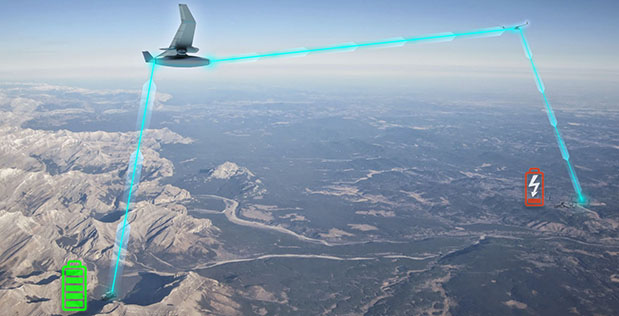The Nancy Grace Roman Space Telescope is a powerful infrared telescope that will be used to study the universe in unprecedented detail. It is named after Nancy Grace Roman, a pioneering astronomer who played a vital role in the development of NASA’s space telescopes.
NASA has started connecting and testing the spacecraft’s electrical wiring, which allows different parts of the observatory to talk to each other. This wiring also supplies power and helps the central computer keep an eye on how the observatory is working using various sensors.
Counting the Miles: The Astounding Length of the Telescope’s Wiring
The harness is quite substantial, weighing approximately 1,000 pounds. It’s composed of roughly 32,000 wires and 900 connectors. To put it in perspective, if you were to lay out all these wires end-to-end, they would stretch for about 45 miles (around 72 kilometers). That’s equivalent to eight times the height of Mount Everest!
This brings us one step closer to the telescope’s launch in May 2027, when it will start exploring the mysteries of the universe, including dark energy.
Exploring the Sun-Earth Lagrange Points
The telescope will be placed in a halo orbit around the Sun-Earth Lagrange point L2. This is a point in space that is located about 1.5 million miles (2.4 million kilometers) away from the Earth. It will orbit the point in a figure-eight pattern.
The Sun-Earth Lagrange points are a series of five points in space where the gravitational forces of the Sun and Earth balance each other out.
India’s Aditya L1 Solar Mission: A Remarkable Debut
On September 2, 2023, India’s ISRO successfully launched its Aditya L1 solar mission. Aditya L1 will be positioned at the Sun-Earth Lagrange point L1, situated approximately 1.5 million miles (2.4 million kilometers) from Earth, directly between the Sun and our planet. While L2 is located behind Earth, L1 is located between Earth and the Sun.
This remarkable mission marks the debut of a space-based observatory dedicated to the study of the Sun.







